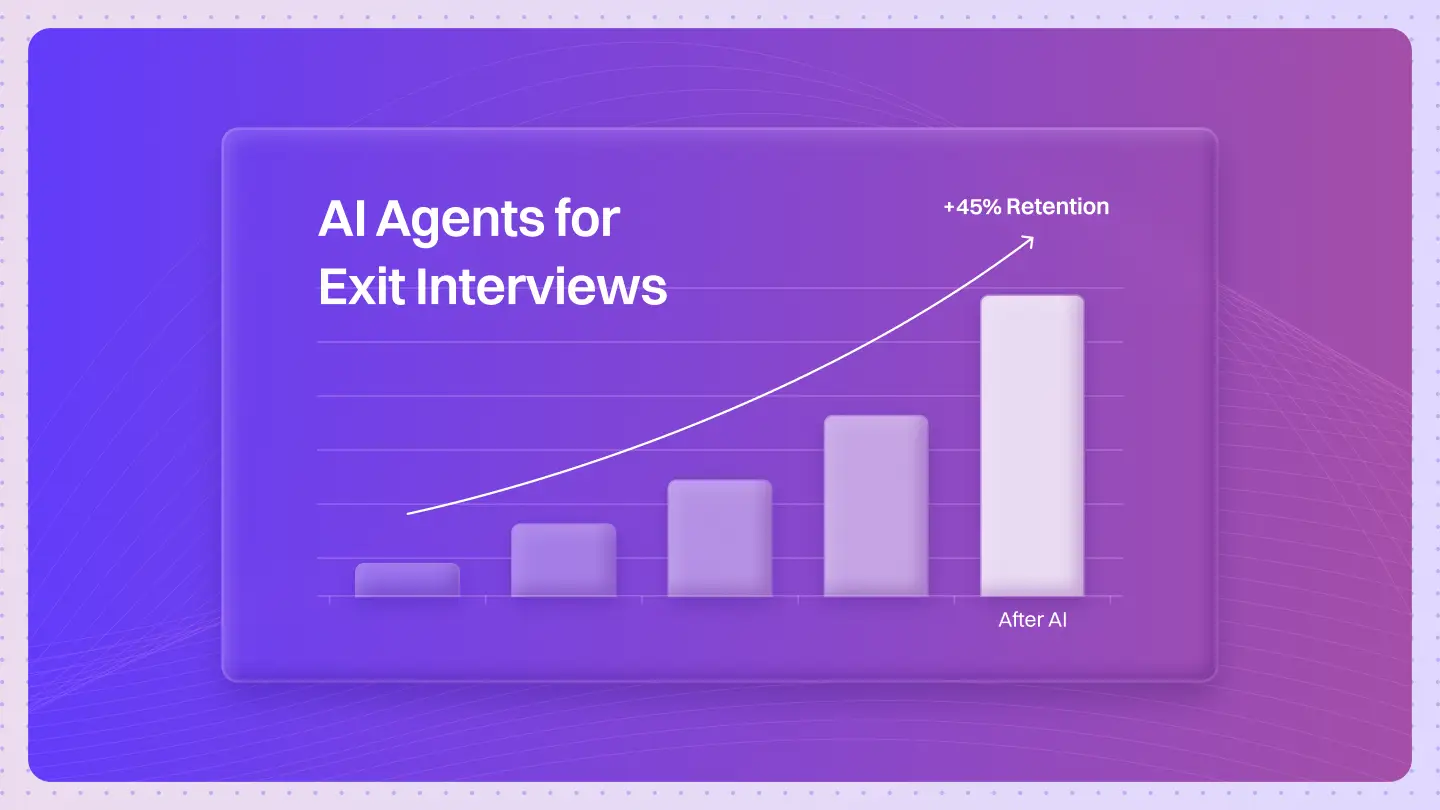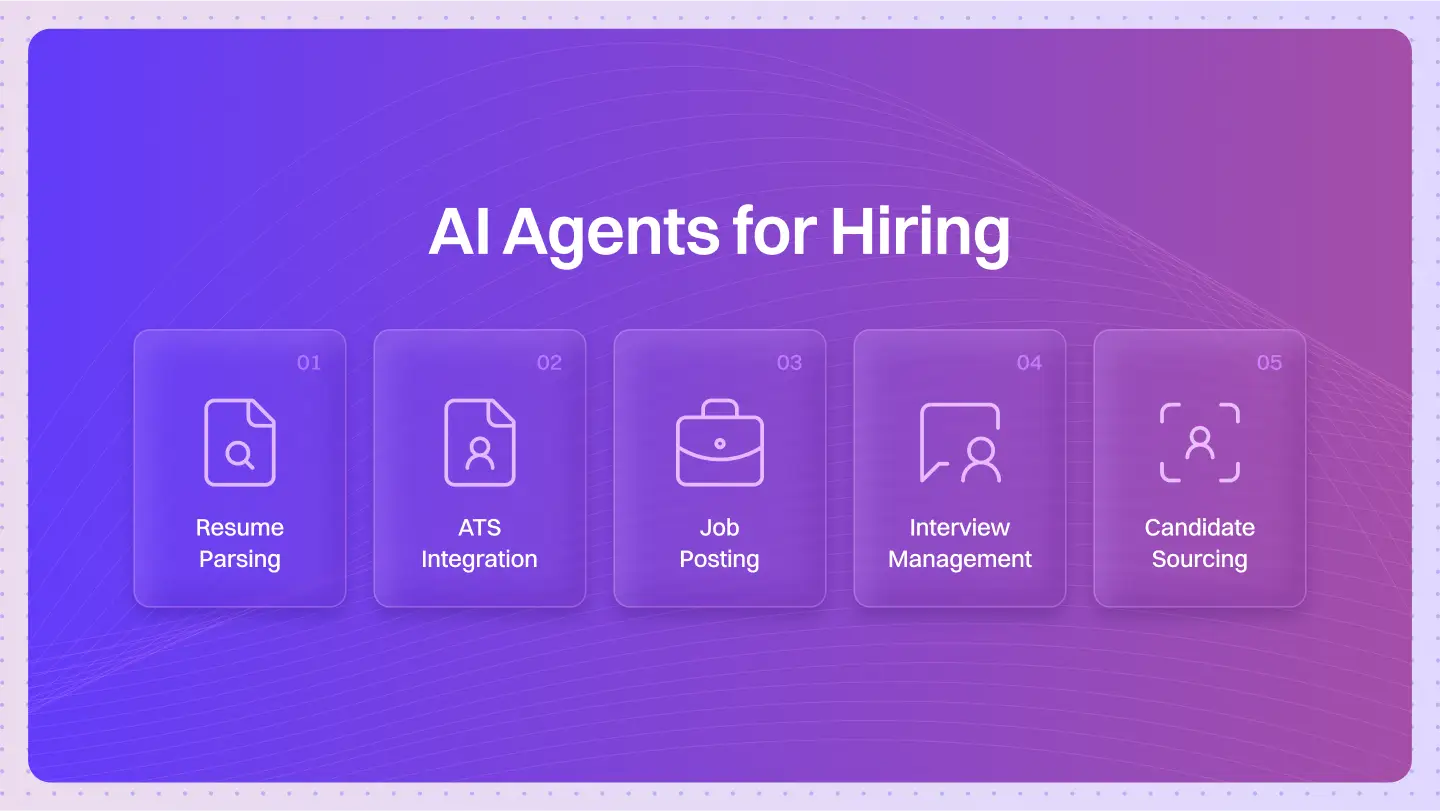What is ‘Policy Gradient’?
Policy Gradient methods are a class of algorithms in reinforcement learning that optimize an agent’s policy directly by using the gradient of expected rewards. They adjust the policy parameters to increase the likelihood of actions that lead to higher rewards, allowing for more effective learning in complex environments.
How does the Policy Gradient concept operate or function?
Policy Gradient methods are a class of reinforcement learning algorithms that optimize policies directly by maximizing expected rewards. They work by adjusting the policy parameters based on the gradient of the expected return. Here’s how they function:
- Policy Representation: A policy can be represented as a probability distribution over actions given states, allowing for stochastic decision-making.
- Gradient Estimation: The gradient of the expected return is estimated using sampled trajectories (state-action pairs) from the policy.
- Policy Update: The policy parameters are updated in the direction of the gradient, typically using optimization algorithms like SGD (Stochastic Gradient Descent).
- Variance Reduction: Techniques like baseline subtraction are employed to reduce the variance of the gradient estimates, improving convergence.
- Advantage Function: The use of advantage functions helps in scaling the updates according to how much better an action is compared to the average action.
By utilizing these techniques, Policy Gradient methods can effectively learn complex policies that may not be easily approximated by value-based methods, making them suitable for continuous action spaces and high-dimensional environments.
Common uses and applications of Policy Gradient?
Policy Gradient methods are essential in the field of reinforcement learning, allowing for the optimization of policies directly based on gradients. These methods have broad applications across various industries and technologies:
- Robotics: Policy Gradient techniques enable robots to learn complex tasks through trial and error, improving their decision-making capabilities.
- Game AI: They are widely used in developing AI agents that can adapt and learn strategies in competitive environments, enhancing gameplay experiences.
- Finance: In algorithmic trading, Policy Gradient methods help create adaptive trading strategies that maximize returns based on market conditions.
- Healthcare: These methods are utilized in personalized treatment planning, optimizing patient management strategies based on historical data.
- Autonomous Vehicles: Policy Gradient approaches improve navigation and decision-making processes in self-driving cars, ensuring safety and efficiency on the road.
What are the benefits of Policy Gradient methods?
Policy Gradient methods are essential in reinforcement learning for optimizing policies effectively. Here are the key benefits of implementing Policy Gradient techniques:
- Directly Optimizes Policies: Unlike value-based methods, Policy Gradient optimizes the policy directly, leading to more stable training.
- Handles High-Dimensional Action Spaces: It is particularly effective in environments with continuous action spaces, making it versatile for various applications.
- Encourages Exploration: These methods inherently encourage exploration by maintaining a stochastic policy, which can lead to discovering better strategies.
- Improved Performance: By utilizing gradient information, Policy Gradient algorithms can achieve superior performance in complex tasks.
- Robust to Local Optima: The stochastic nature helps in avoiding local optima, allowing for more robust solutions across different problems.
Incorporating Policy Gradient methods can significantly enhance the effectiveness of your reinforcement learning models.
Are there any drawbacks or limitations associated with Policy Gradient?
While Policy Gradient methods offer many benefits, they also have limitations such as:
1. High variance in the estimates of the policy gradient, which can lead to unstable learning.
2. Longer training times compared to value-based methods.
3. Sensitivity to hyperparameter settings, which can impact performance.
These challenges can impact the convergence of the learning process and the overall effectiveness of the reinforcement learning model.
Can you provide real-life examples of Policy Gradient in action?
For example, Policy Gradient methods are used by OpenAI in their Gym environments to train reinforcement learning agents for various tasks.
This demonstrates the effectiveness of Policy Gradient in complex environments where traditional methods may struggle.
How does Policy Gradient compare to similar concepts or technologies?
Compared to Q-learning, Policy Gradient differs in that it directly optimizes the policy rather than estimating the value function.
While Q-learning focuses on maximizing expected rewards through value estimation, Policy Gradient is more suited for problems with high-dimensional action spaces, allowing for more nuanced policy updates.
What are the expected future trends for Policy Gradient?
In the future, Policy Gradient methods are expected to evolve by incorporating advancements in deep learning and exploration strategies.
These changes could lead to improved sample efficiency and more robust performance in real-world applications.
What are the best practices for using Policy Gradient effectively?
To use Policy Gradient effectively, it is recommended to:
1. Use variance reduction techniques like Generalized Advantage Estimation.
2. Experiment with different architectures for better policy representation.
3. Tune hyperparameters carefully to balance exploration and exploitation.
Following these guidelines ensures improved learning stability and performance.
Are there detailed case studies demonstrating the successful implementation of Policy Gradient?
One notable case study is the application of Policy Gradient methods in autonomous driving by Waymo.
The implementation of these methods led to significant improvements in decision-making processes, resulting in safer navigation and better handling of complex driving scenarios.
What related terms are important to understand along with Policy Gradient?
Related Terms: Related terms include Actor-Critic and Reinforcement Learning, which are crucial for understanding Policy Gradient because Actor-Critic methods combine both value estimation and policy optimization, enhancing the learning process in reinforcement learning.
What are the step-by-step instructions for implementing Policy Gradient?
To implement Policy Gradient, follow these steps:
1. Define the environment and the action space.
2. Initialize policy parameters randomly.
3. Collect trajectories by executing the policy in the environment.
4. Compute the policy gradient using the collected data.
5. Update the policy parameters in the direction of the gradient.
These steps ensure that the policy improves over time based on the feedback received from the environment.
Frequently Asked Questions
Q: What are policy gradient methods?
A: Policy gradient methods are a class of algorithms in reinforcement learning that optimize the policy directly by using gradients.
1: They adjust the policy parameters by calculating the gradient of the expected return,
2: This helps in improving the performance of agents in complex environments.
Q: How do policy gradient methods optimize reinforcement learning policies?
A: They optimize policies by performing gradient ascent on the expected reward.
1: Policies are updated in the direction that increases the expected return,
2: This results in better decision-making over time.
Q: What are the benefits of using gradient-based approaches for policy optimization?
A: Gradient-based approaches allow for more flexible policy representations.
1: They can handle high-dimensional action spaces,
2: They also improve sample efficiency compared to value-based methods.
Q: What are some key techniques in effective policy gradient methods?
A: Some key techniques include:
1: Variance reduction methods like Generalized Advantage Estimation (GAE),
2: Baseline functions to reduce variance in gradient estimates.
Q: What types of problems can policy gradient methods solve?
A: Policy gradient methods are suitable for various problems in reinforcement learning.
1: They work well in environments with continuous action spaces,
2: They can be applied to multi-agent systems and complex decision-making tasks.
Q: How do policy gradient methods compare to value-based methods?
A: Policy gradient methods directly optimize the policy, while value-based methods estimate value functions.
1: This makes policy gradients more suitable for certain types of environments,
2: They can learn stochastic policies which is an advantage in some applications.
Q: Are there any challenges associated with policy gradient methods?
A: Yes, there are challenges like high variance in gradient estimates.
1: They can require careful tuning of hyperparameters,
2: Convergence can sometimes be slow without proper techniques.






